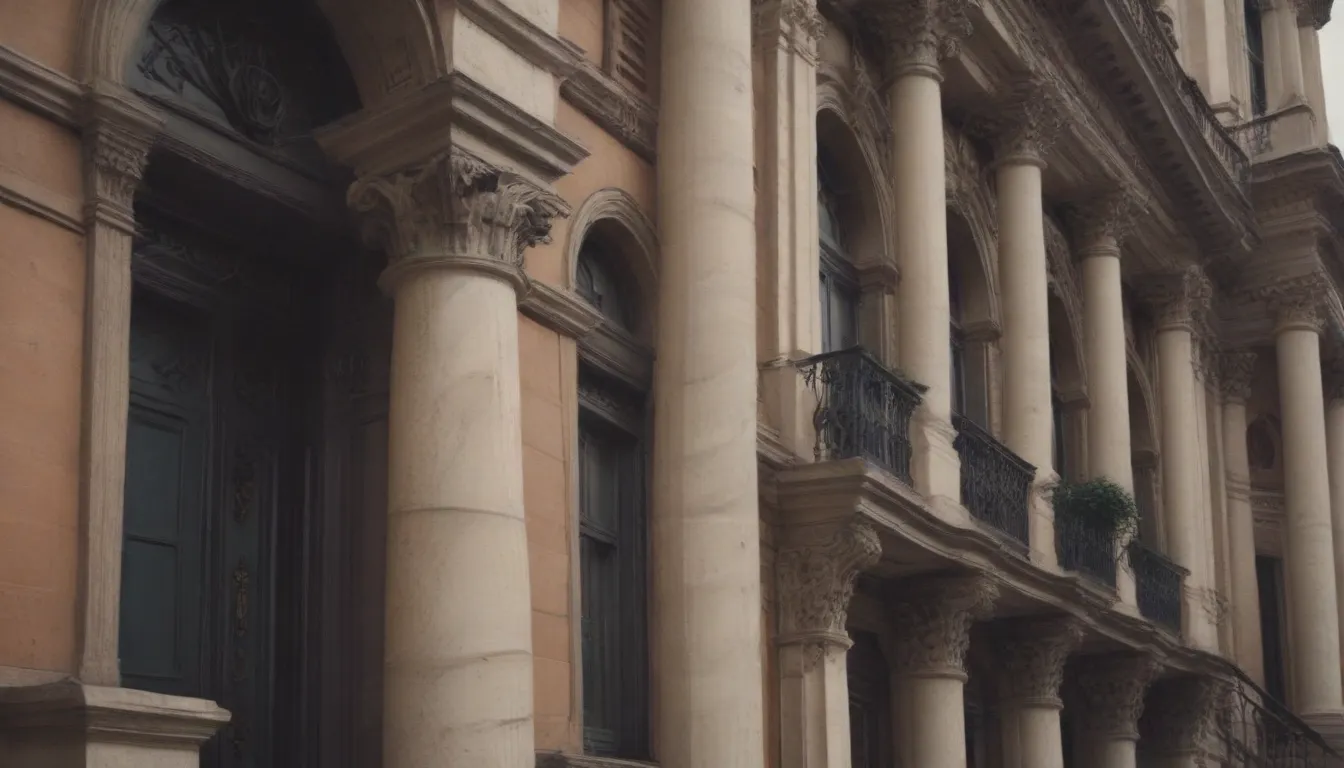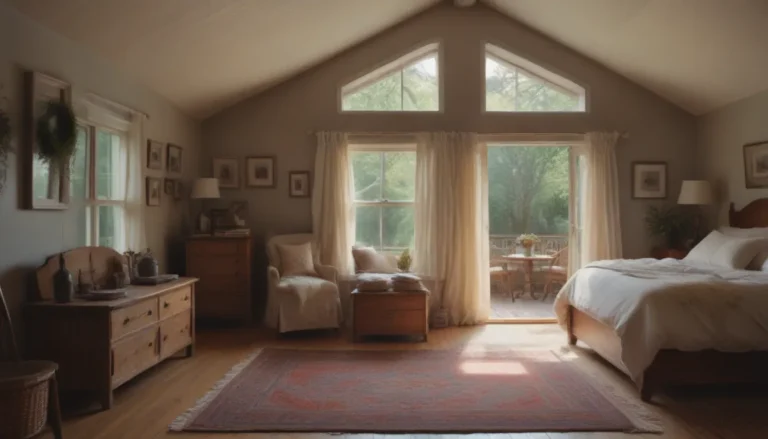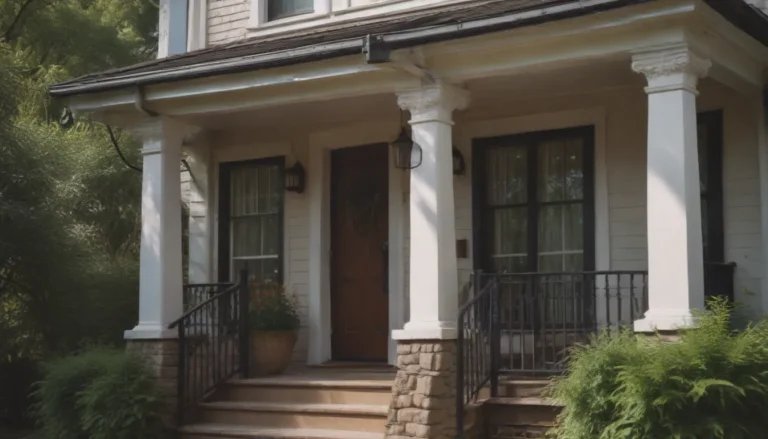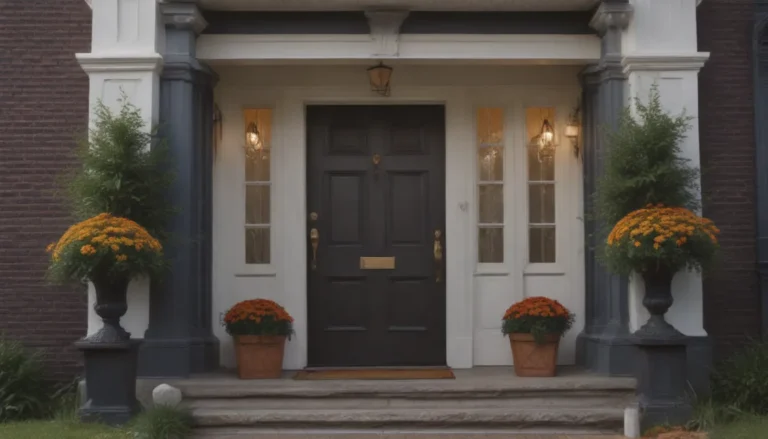Exploring Neoclassical Architecture: A Dive into the Past

Are you intrigued by the grandeur and elegance of neoclassical buildings? Have you ever wondered about the history and key elements of this iconic architectural style? In this article, we will delve into the world of neoclassical architecture, exploring its origins, key features, types, and some of the most notable examples around the world.
Unveiling the Origins of Neoclassical Architecture
Neoclassical architecture made its debut in Europe around 1750, during a period of revival of Classical Greek and Roman architectural styles. The movement gained momentum in the 18th and 19th centuries, fuelled by a desire to emulate the simplicity and grace of ancient Greek and Roman design. As a reaction to the extravagant Rococo style, neoclassical architecture embraced grand scale, simple geometric forms, dramatic columns, and minimalistic detailing.
The discovery of archaeological ruins in Pompeii and Herculaneum further fueled the neoclassical revival, inspiring architects to study and adapt ancient building styles for modern construction. This newfound appreciation for the classical past led to a flourishing of neoclassical architecture in continental Europe, Britain, the United States, and Latin America. Prominent figures like Catherine the Great in Russia and architects like Robert Adam and John Soane in Britain played a crucial role in popularizing the neoclassical style.
Key Elements of Neoclassical Architecture
Neoclassical buildings are characterized by several key elements that set them apart from other architectural styles. Some of the defining features of neoclassical architecture include:
- Grand scale and proportions
- Simple geometric forms
- Greek or Roman detailing, especially Doric columns
- Dramatic use of columns
- Blank walls with minimal ornamentation
Types of Neoclassical Architecture
Neoclassical architecture can be categorized into three main variations, each with its own distinctive characteristics:
Temple-Style Buildings
Temple-style buildings emulate the design of ancient Greek and Roman temples, showcasing the grandeur and symmetry of classical architecture. Examples include the Panthéon in Paris and the British Museum in London, both of which draw inspiration from ancient temple design.
Palladian Buildings
Palladian buildings are inspired by the villas of Italian Renaissance architect Andrea Palladio, who integrated classical Roman and Greek elements into his designs. The White House in the United States and various country houses in Britain designed by Robert Adam are notable examples of Palladian neoclassical architecture.
Classical Block
Classical block buildings are characterized by their rectangular or square shape, flat roofs, and repetitive use of columns or arches to create a visually cohesive block-like structure. The Bibliothèque Sainte-Geneviève in Paris and the Palais Garnier opera house are exemplary instances of the classical block style.
Discovering Notable Neoclassical Buildings
Neoclassical architecture has left an indelible mark on the built environment, with numerous iconic structures around the world showcasing the timeless elegance of this design aesthetic. Some of the most notable neoclassical buildings include:
U.S. Capitol Building
Recognized as one of the finest examples of neoclassical architecture in the United States, the U.S. Capitol Building in Washington D.C. embodies the classical ideals of democracy and grandeur. Designed to resemble an ancient Roman temple, this iconic structure reflects the vision of its founding fathers.
Buckingham Palace
As the royal residence of the monarch of the United Kingdom, Buckingham Palace stands as a testament to neoclassical design. With its grand facade and classical detailing, the palace represents the epitome of regal elegance and architectural splendor.
Academy of Athens
Designed by Danish architect Theophil Hansen in 1859, the Academy of Athens in Greece is a beacon of neoclassical architecture. This educational research facility showcases the harmonious blend of classical elements with modern functionality, creating a space that exemplifies the timeless appeal of neoclassical design.
Lincoln Memorial
Honoring the legacy of President Abraham Lincoln, the Lincoln Memorial in Washington D.C. is a striking example of neoclassical architecture. Inspired by the Parthenon in Athens, this monument pays homage to the principles of democracy and freedom, reflecting the enduring influence of ancient Greek architecture.
Museo Nacional del Prado
Located in Madrid, Spain, the Museo Nacional del Prado is housed in an 18th-century neoclassical building designed by architect Juan de Villanueva. The museum’s classical facade and elegant proportions provide a fitting backdrop for its world-renowned art collection, making it a must-visit destination for art enthusiasts.
Embracing the Timeless Beauty of Neoclassical Architecture
As we journey through the world of neoclassical architecture, we are captivated by its timeless beauty and enduring appeal. From the grandeur of temple-style buildings to the elegance of Palladian villas, neoclassical architecture continues to inspire and delight audiences around the globe. Whether exploring the halls of the U.S. Capitol Building or marveling at the classical block design of the Palais Garnier, each neoclassical structure tells a story of tradition, innovation, and the enduring legacy of ancient Greek and Roman architecture.
So, the next time you find yourself gazing upon a majestic neoclassical building, take a moment to appreciate the artistry and craftsmanship that went into creating these architectural masterpieces. In a world of ever-evolving design trends, neoclassical architecture stands as a timeless testament to the beauty of classical ideals and the enduring power of architectural tradition.





